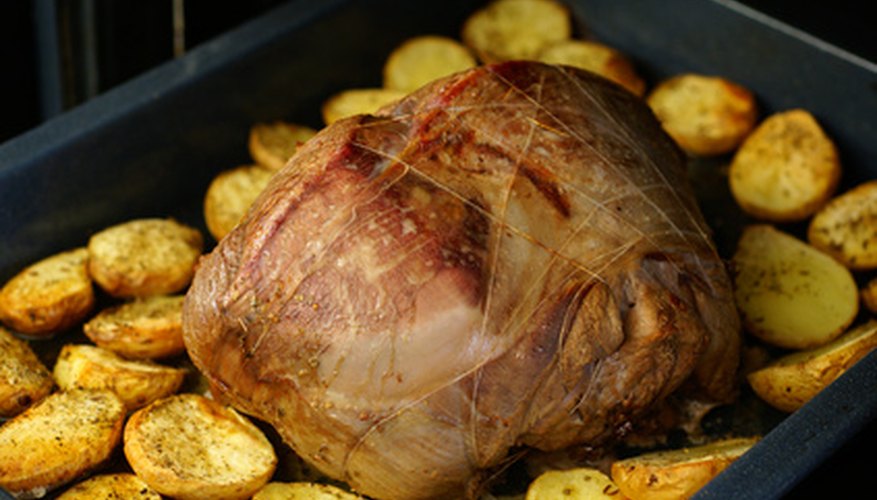If you've purchased a package of fresh duck meat, Chef's Best, a cooking website, recommends you choose meat that has a smooth, creamy appearance. Fresh duck meat should be free of lesions, cuts or bruises. Additionally, if you suspect the duck meat is bad, check the colour, texture and smell before you prepare and consume it.
- If you've purchased a package of fresh duck meat, Chef's Best, a cooking website, recommends you choose meat that has a smooth, creamy appearance.
- Additionally, if you suspect the duck meat is bad, check the colour, texture and smell before you prepare and consume it.
Observe the colour. While duck meat, along with goose, is inherently darker in colour, spoiled meat takes on either a yellowish-greenish or greyish cast. This discolouration occurs when colonies of bacteria reproduce on the surface of the raw duck meat.
Feel the texture of the meat. Fresh duck meat should feel wet but not slimy. A slimy surface is indicative of bacterial growth. The book "Poultry Meat Processing" suggests that a slimy surface occurs when bacteria feed and metabolise poultry muscle. Sliminess is a byproduct.
Sniff the duck meat. Though duck meat is naturally gamy, spoiled duck meat assumes a putrid odour. According to the website Chefs Best, fresh duck meat should smell clean without odours. A sulphur, "skunky" or mouldy dishrag smell is evidence of S. putrefaciens and Pseudomonas, both odour-producing bacteria present on spoiled chicken and duck.
WARNING
Though good hygiene is a given, especially when you handle raw poultry and game birds, if you suspect your fresh duck meat is spoiled, use bleach or a good sanitising cleaner and wipe all surfaces. Wash all utensils and cutting surfaces with hot, soapy water and discard the sponge used to wipe counters. Most importantly, wash your hands.
